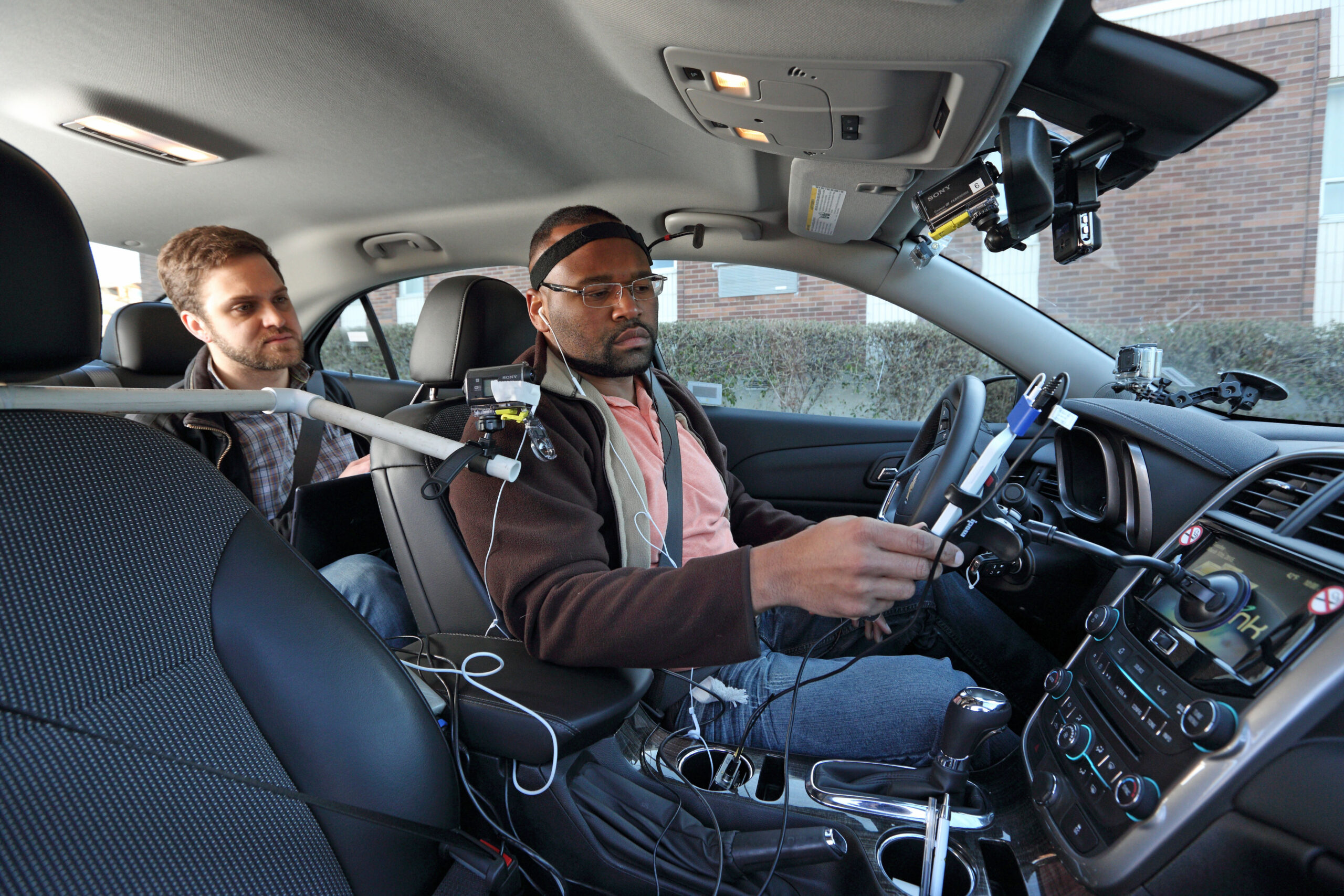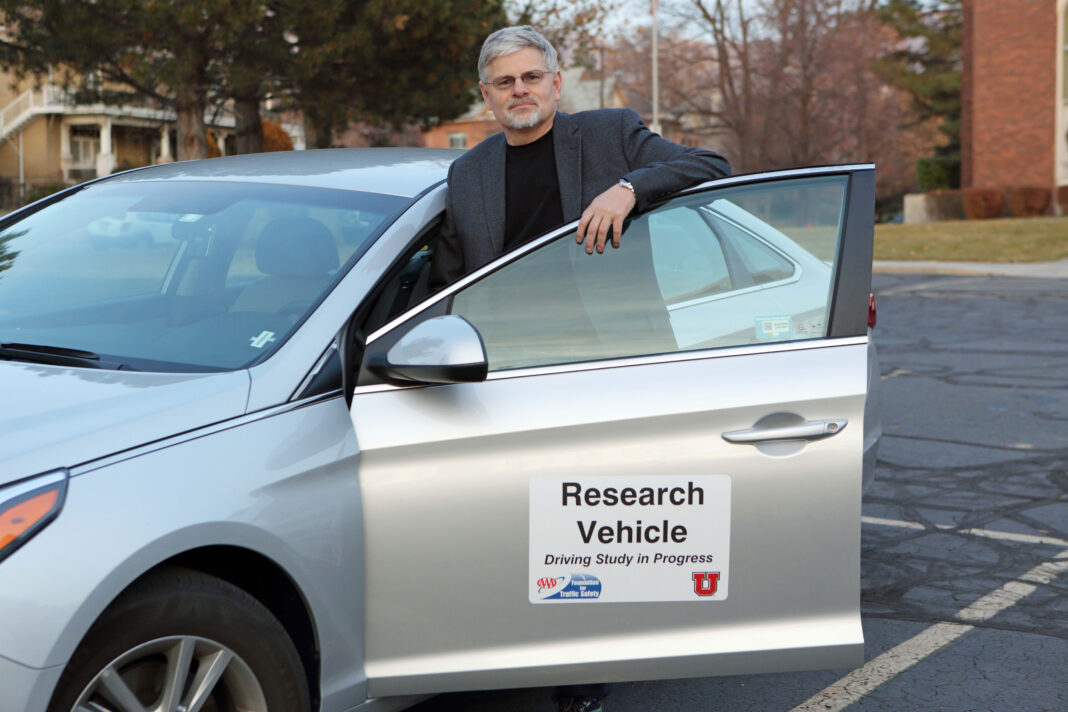## Your Car’s Listening: Voice Commands While Driving Revealed
Imagine this: you’re navigating rush hour traffic, juggling a coffee and your phone, when a simple voice command could save you precious minutes. But what if that voice command isn’t just changing your playlist? What if it’s revealing intimate details about your life, your habits, even your anxieties, to unseen ears?

Smartphone Assistants

The distracting nature of voice commands from smartphone assistants is a growing concern for drivers on the road. Studies have shown that using hands-free voice commands to dial phone numbers, call contacts, change music, and send texts with Microsoft Cortana, Apple Siri, and Google Now smartphone personal assistants can be highly distracting. In fact, a recent study by the University of Utah found that it takes up to 27 seconds to regain full attention after issuing voice commands, which can be a significant distraction for drivers.
The impact on driver attention and safety is also a major concern. The same study found that older drivers – those most likely to buy autos with infotainment systems – are much more distracted than younger drivers when giving voice commands. Furthermore, the research showed that practice with voice-recognition systems doesn’t eliminate distraction, and that the voice-command technology isn’t ready for widespread use.

The Need for Improvement
The current state of voice command technology in vehicles and smartphones is not yet sufficient to ensure driver safety and efficiency. The University of Utah researchers found that in-vehicle information systems and smartphone assistants are distracting, and that the voice-command technology is not yet ready for widespread use.
The need for further research and development to improve safety and efficiency is clear. The U.S. Department of Transportation has reported that in 2013, 3,154 people died and 424,000 others were injured in motor vehicle crashes on U.S. roads involving driver distraction. The AAA Foundation for Traffic Safety has also urged that voice-activated, in-vehicle information systems “ought not to be used indiscriminately” while driving, and that caution is warranted in smartphone use while driving.

Practical Implications and Recommendations
Best Practices for Safe Driving
There are several best practices that drivers can follow to minimize distractions while driving:
- Turn off your phone or put it on silent mode
- Avoid using voice commands while driving
- Keep your eyes on the road and your hands on the wheel
- Take regular breaks to rest and stretch
Advancements in Technology

Advancements in technology can also help to reduce distracted driving. For example, some vehicles now come equipped with features such as lane departure warning systems and blind spot monitoring systems that can help to alert drivers to potential hazards.
Additionally, research is ongoing to develop more advanced voice command systems that are designed to minimize distractions and improve driver safety. For example, some researchers are exploring the use of machine learning algorithms to improve the accuracy and efficiency of voice command systems.
Consequences of Distraction
The consequences of distraction while driving can be severe. In addition to the risk of accidents and injuries, distracted driving can also lead to increased stress and fatigue, which can have long-term effects on a person’s physical and mental health.
It is important for drivers to prioritize their safety and the safety of others on the road. By following best practices for safe driving and staying informed about the latest advancements in technology, drivers can help to reduce the risk of distracted driving and stay safe on the road.
Studies
The studies conducted by the University of Utah and the AAA Foundation for Traffic Safety provide valuable insights into the effects of voice commands on driver attention and safety. The research found that voice commands can be highly distracting, and that older drivers are more susceptible to distraction than younger drivers.
The studies also highlighted the need for further research and development to improve safety and efficiency. The AAA Foundation for Traffic Safety has urged that voice-activated, in-vehicle information systems “ought not to be used indiscriminately” while driving, and that caution is warranted in smartphone use while driving.
Conclusion
The Unsettling Reality: Voice Commands While Driving Raises Concerns
In our recent exposé, “Breaking: Voice Commands While Driving Revealed,” we shed light on the growing concern that voice commands while driving pose a significant threat to road safety. Our investigation revealed that numerous voice assistants, popular among users for their convenience and versatility, can be activated with just a few words, potentially distracting drivers and increasing the risk of accidents. Key findings of our study include the widespread use of voice assistants, the difficulty in distinguishing between voice commands and normal speech, and the lack of clear guidelines for safe usage while driving.
The significance of this topic cannot be overstated. As the use of voice assistants continues to skyrocket, so too does the risk of distracted driving. The consequences of such negligence can be catastrophic, resulting in loss of life and property. Moreover, the absence of comprehensive regulations and guidelines for voice commands while driving raises concerns about the preparedness of law enforcement agencies and the insurance industry to address this emerging issue. As we move forward, it is imperative that policymakers, regulators, and technology manufacturers work together to establish clear guidelines and safety standards for voice commands while driving.
As we navigate the complex landscape of voice-assisted technology, it is essential to prioritize road safety above convenience and innovation. The risks associated with voice commands while driving are real and pressing, and it is our responsibility to sound the alarm. As you get behind the wheel, remember that the next voice command could be a lifeline – or a death sentence. The choice is ours, and the time for action is now.
